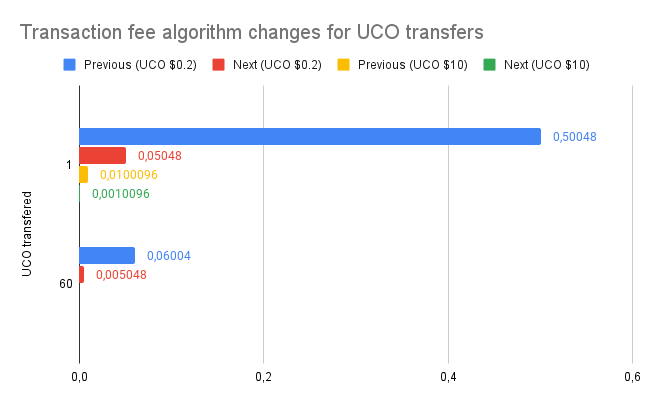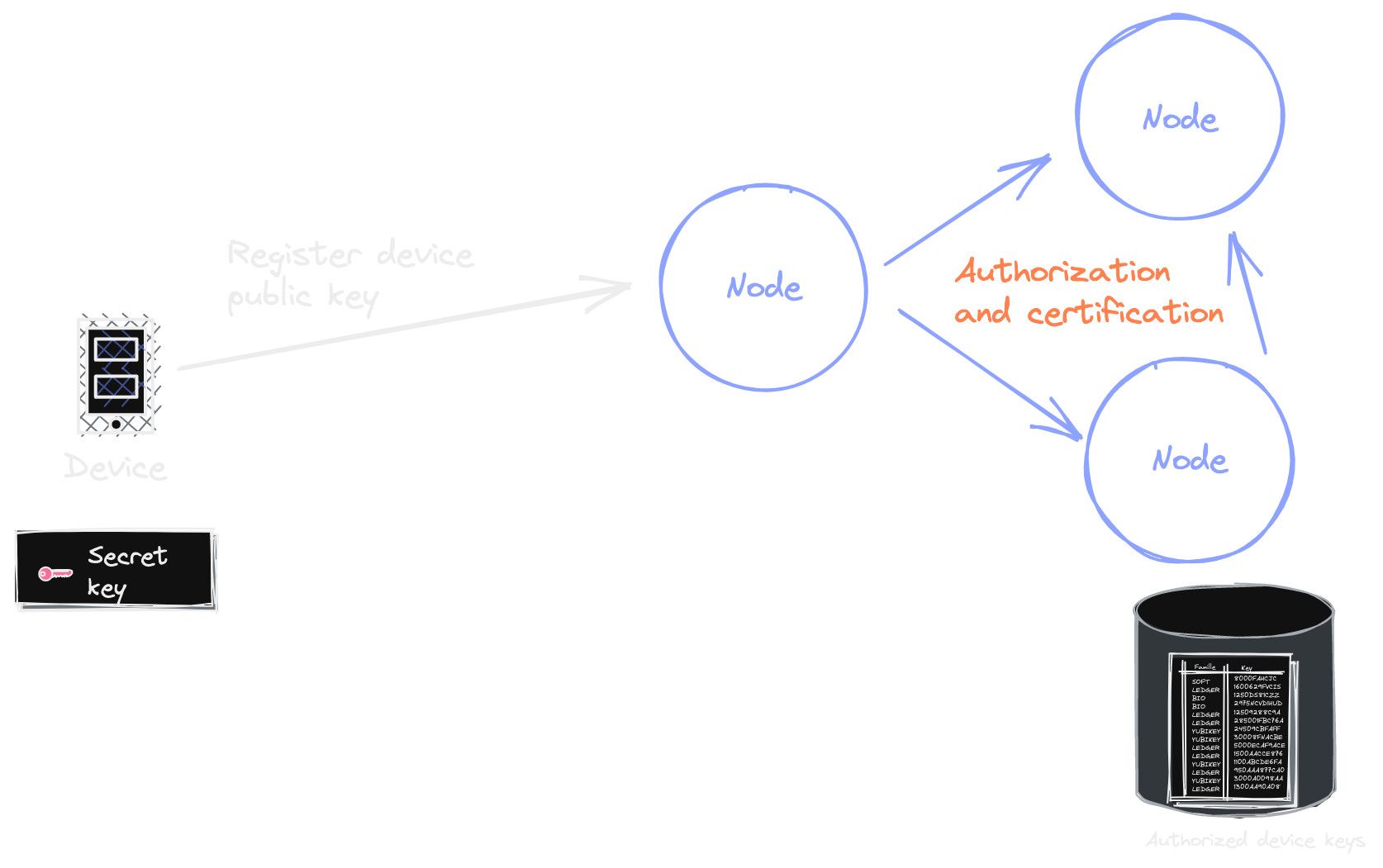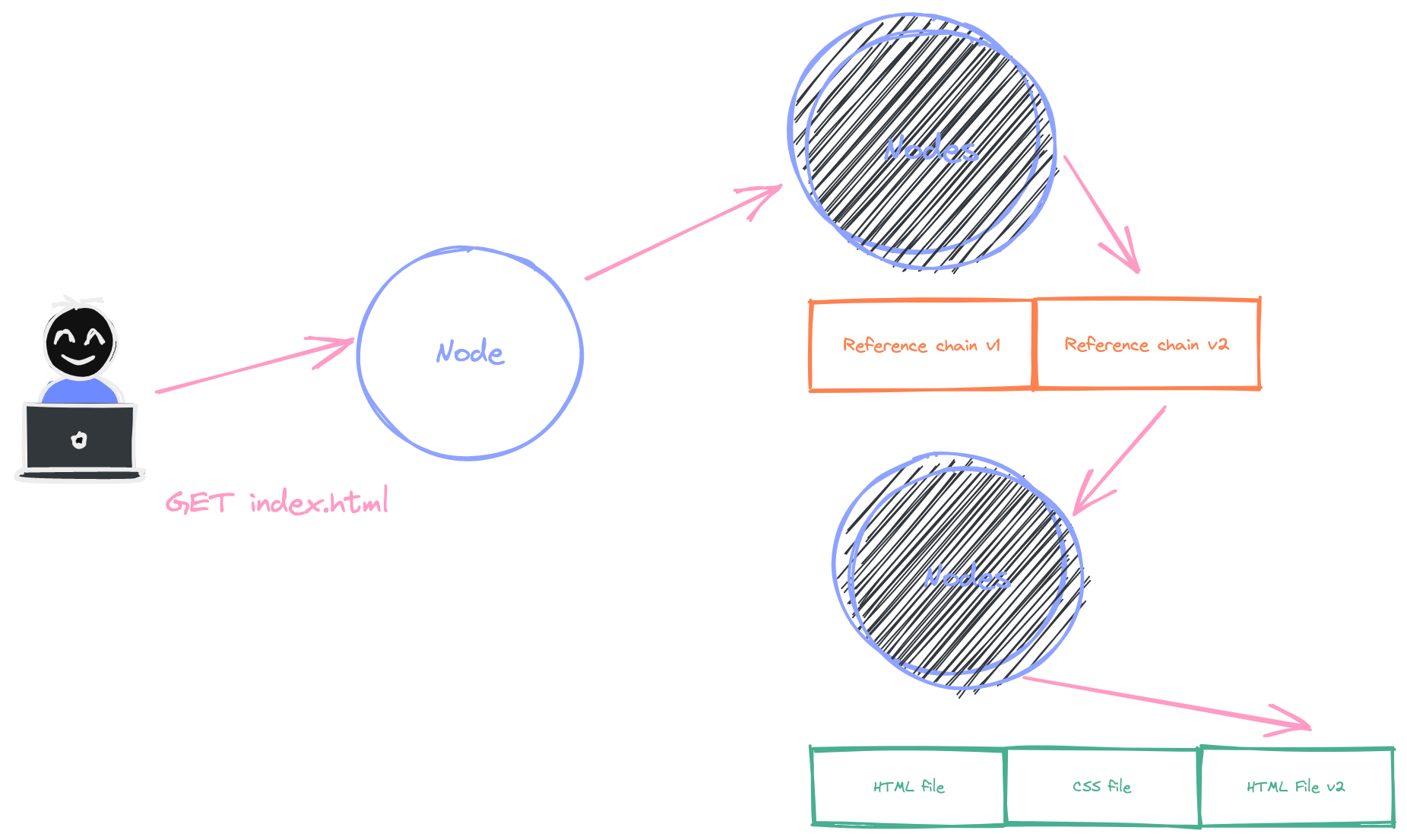Network and Dapps improvements

Archethic network released a new update end of May 2022.
What is about ?
This update fixes bugs and improves the system, and this article will describe one of the most significant changes. To have more details, you can visit github.com/archethic-foundation
Network improvements
- Transaction fee update
In order to continue on the road of the new token economy, we have adopted a new significant and impactful change for the ecosystem (a positive one) and for a better adoption. So, we have updated the way the transaction fees are determined.
Before, the transaction fees were based on multiple factors, including the transaction's value – which was leading to a "value's fee". This was brought in the previous token economy before the complete burn of the transaction fee and when the miner rewards were based on the number of transaction validated.
Now, the token economy changed, and the transaction fees are completely burnt along with a new miner reward system (not based on the number of validated transactions). Hence, the fee regarding the transaction's value have been removed – as irrelevant for new design. Instead, we have decided to apply a base fee for any transactions – whatever the amount and type of transactions – equal to $0.01 worth of UCO (conversion done by the OracleChain).
This change reduces the confusion between transaction with or without financial values and decreases drastically the transaction fee (x10 less)



2. Origin device management
In the previous updates, we announced the support of origin shared keys to identify devices during transactions. However, we identified and discovered some problems regarding integration and adoption for other providers of crypto elements such as Ledger or Yubikey. Also, because the system was designed to have a shared key between devices in the enrollment phase and requires interactive communication to authorize new devices (through end-to-end encryption). All of those requirements made the process complex.
So, in order to reduce the effort, we have decided to change the design.
We will use a dedicated chain for each device's family, where each transaction will contain the information relative to a device and how it's certified.
A given family chain will contain all the public keys for this device's family.

Hence, a new device wanting to join the network and be authorized, should send a message to the network (through an API) to submit its public key. As long as the key is coming from an authorized source (Ledger, Yubikey, Biometric by Archethic), the key will be integrated, and a transaction will be inserted. The device will then be able to build transactions and secure them.

No more shared secrets between clients or devices, only the sole private key secured in the device will be used to certify transactions.
3. Hybrid root of trust
Node cryptography is an important element in any Blockchain network, but most of the systems use software keys to identify nodes. However, since the beginning, Archethic wanted to use hardware keys to secure node identification and prevent fraud (known as Sybil attacks). So if a node would be malicious, the network would have the capacity to ban it and prevent this node to use its private key to rejoin the network.
While being excellent in terms of security, we faced some problems regarding throughput and TPS (Transaction Per Second).
We have used TPM (Trust Platform Module) which secures the keys in a hardware chic, which is really secure and really hard to hack/bypass. However, the performances were not the best, and we tried to fix a couple of times by optimizing memory and computations.
Then, we have decided to use a mechanism we called: Hybrid root of trust.
This is a combination of hardware and software key to secure node authentication and avoid bottlenecks while improving performances for the decryption and signature operations.
The design is the following one:
- A hardware key is generated by the miner to identify the device
- A software key is generated and encoded in the node transaction (used to join the network)
- The transaction is then signed with the hardware key (as any device for other transactions) to get an origin signature
- This signature will be used in the Proof of Work algorithm to check if the public key associated is authorized or not.
- Because we sign software public key using the hardware key material, we then have the capability to attest a software key. The hardware key guarantee the transaction is coming from a hardware device.
- The software key can be used for the workload of signature and decryption to ensure better TPS and evolution (less coupled to the hardware implementations)
DApps improvements
- Archethic Web (AEWeb)
We started few months back to develop and improve the web hosting solution on Archethic. This product helps developers to deploy a website on our decentralized network. While the first prototype was good, we faced some challenges regarding website deployment for mid/big size.
The previous model used a single chain for the assets of the website. This approach led to bigger transaction fee and network storage cost. So we have implemented a better management for bigger websites.
Websites can be deployed as they are coded, no more developer additional work to be Archethic compliant. Websites are integrated with multiple chains to avoid limitation of the transaction size.
Each website is defined in two or more chains:
- Reference chain: listing the last updates of the website and pointers to others assets chains
- Asset chains: once the reference cannot hold enough information to be under the size limitation, a new chain and transaction is created to split or chunk assets files.
Any updates of the websites are managed through the paradigm of the transaction chain, making website evolution on-chain while being accessible via single point of reference.

To display websites, any Archethic node acts as a relay to resolve the transaction's content and delivers the website to the browser. By resolving the last transaction on the reference chain, the visitors will get every time the latest version available without risking downtime for maintenance to support high level of availability.

To play with it, you can visit the project tooling:
https://github.com/archethic-foundation/aeweb-cli
Thank you !
A big thanks to the Archethic community and to all Archethic developers who come together to provide input, thoughts, and contributions.
Archethic Public Blockchain
Archethic is a Layer 1 aiming to create a new Decentralized Internet.
Its blockchain infrastructure is the most scalable, secure & energy-efficient solution on the market thanks to the implementation of a new consensus: "ARCH".
Archethic smart contracts expand developers' boundaries by introducing internal oracle, time-triggers, editable content & interpreted language.
Through native integration for DeFi, NFTs & decentralized identity; Archethic offers an inclusive and interoperable ecosystem for all blockchains.
In order to achieve the long-term vision of an autonomous network in the hands of the world population, we developed a biometric device respecting personal data privacy (GDPR compliant).
Making the blockchain world accessible with the tip of a finger. Be the only key! https://www.archethic.net/
Archethic Foundation Non-profit in order to manage decentralized governance of the public blockchain
Do you want to learn more?
White Paper
Yellow Paper
